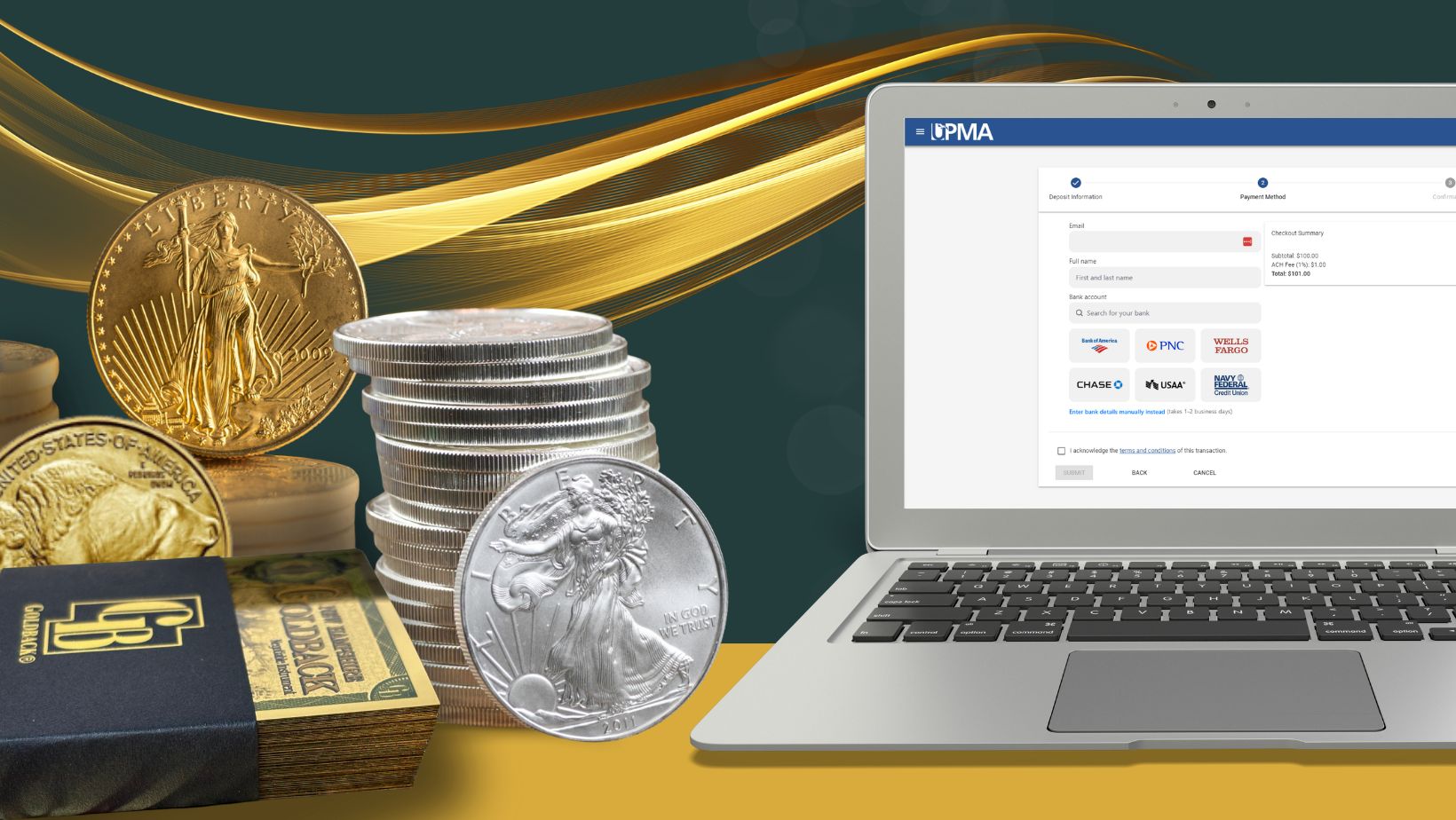
Did you know that the journey to financial security with precious metals is also a legal one? The year 1933 saw the Gold Reserve Act change the course of monetary history, with the government confiscating gold and making it illegal for individuals to own this precious asset. Today, we’re witnessing a renaissance in the way gold and silver are perceived by the law. State-specific legislation is paving the way for tax advantages, treating specie as money instead of a commodity.
It can be challenging to stay informed about the laws in your state as new bills are getting introduced and passed all the time. Below we breakdown the three most basic pillars of gold laws and how they can benefit your financial strategy.

When states pass legislation removing “capital gains tax” they are eliminating taxes on gold and silver bullion that is liquidated after it appreciates in value. Repealing sales taxes on precious metal bullion lowers the investment cost overall. Utah for example has no sales tax or capital gains tax on transactions made in gold.
As of this year, 23 U.S. states have now moved to recognize gold and silver as legal tender in physical or electronic form. At present, many other states are contemplating similar enactments.
Establishing a depository is a huge step toward financial independence for a state. Legislation at this level creates a structure for the depository and all transactions facilitated through it. Including guidelines for depository agents.
Have removed some or all tax on the purchase of gold and silver.
Have issued their own gold specie tender to limit dependence on the US dollar.
A little over half the total troy ounces of gold currently held by the federal government.
A bill is introduced by a state legislator in either the state House of Representatives or Senate.
The bill is assigned to a relevant committee for review, public hearings, and potential amendments. If approved by the committee, the bill goes to the full chamber (House or Senate) for debate, amendments, and a vote. A simple majority vote is required for passage in that chamber.
If passed by the first chamber, the bill moves to the other chamber (Senate if originated in House, or House if originated in Senate) and goes through a similar committee review and full chamber vote process.
If the second chamber approves the bill with amendments, it goes to a conference committee made up of members from both chambers to reconcile the differences into one final version.
The final version must then pass both the House and Senate again with a simple majority vote.
Once approved by both chambers in the same form, the bill goes to the state’s governor.
The governor can sign the bill into law, veto it and return it to the legislature, allow it to become law without their signature, or pocket veto it if the legislature adjourns before they take action.
If vetoed, the legislature can override the veto with a supermajority vote (usually two-thirds) in both chambers to enact the bill into law without the governor’s signature.

Goldbacks have been adopted by thousands of businesses worldwide. The first state to issue a Goldback series was Utah, followed by Nevada, New Hampshire, Wyoming, and South Dakota. Although these states have their names prominently displayed, the notes can be used and exchanged in any state and by any business that chooses to accept them.
Disclaimer: The information displayed on this page was last updated on 5.2.2024 and is for informational purposes only. We are not tax advisors and your situation may differ based on your state. You should contact your local tax expert if you have questions.
Main Office:
333 S Main St Alpine, UT 84004